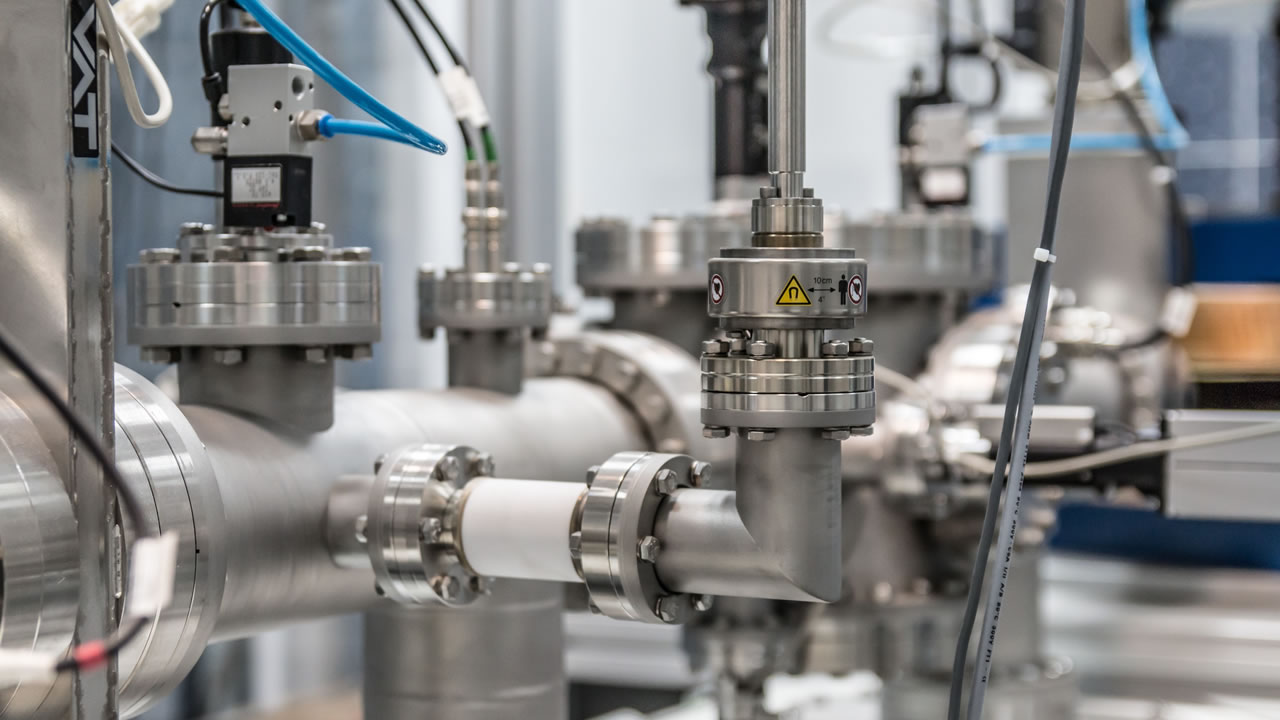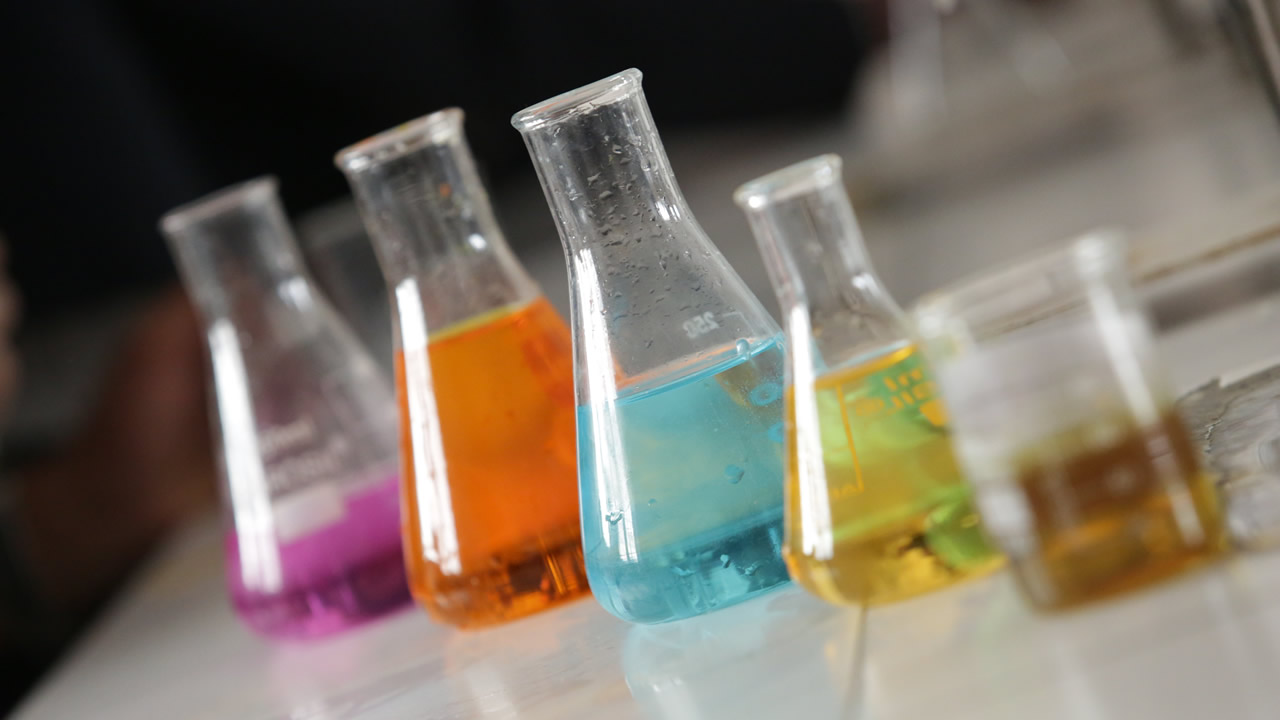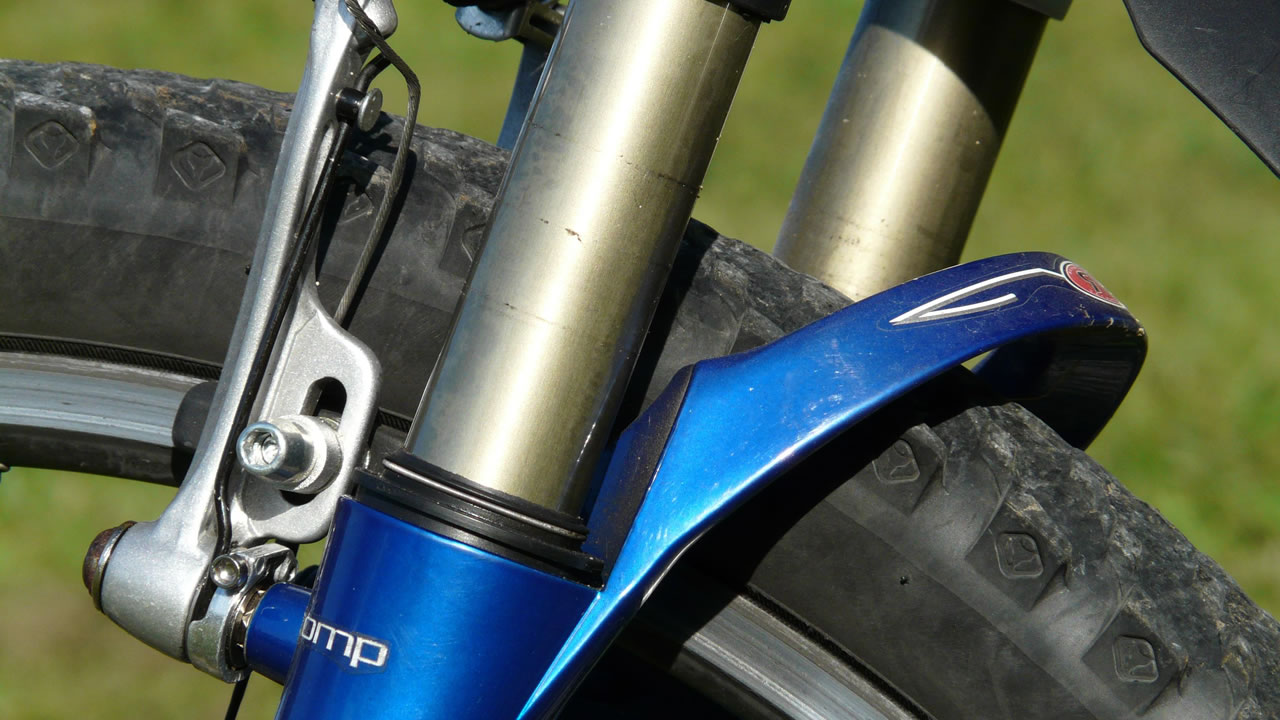Blog
Adventures of an O-Ring

O-Ring – In the beginning
Before I start regaling you with my O-Ring adventures I think it only right to explain a bit about where I came from. Sadly not much is known about my very early history. What we do know is that the first recorded patent was filed in Sweden on 12th May 1896 by J.O.Lundberg. Unfortunatly not a whole lot else I’m afraid, until the 1930’s.
In 1933, while working in his basement, Danish born Neils Christensen began looking at hydraulic system seals. He discovered by trial and error that an O Ring shaped piece of rubber in a groove one and a half times long as the minor radius of the ring made a reliable, tight seal of a piston sliding in a cylinder. Two years after the 1937 application the patent was granted and it was licensed to United Aircraft. Christensen was set to make a fortune. However, after Pearl Harbor, the United States government bought the rights to many war-related patents, O Rings included. They made them available to manufacturers royalty-free. That is basically how I, the humble O-Ring, came to be. And I’ve been revolutionising sealing ever since.
My First Adventure – Hydraulic System seals in Aircraft.
In the early 1940’s I, the humble O Ring, became the standard seal for US Air force hydraulic systems. Advances in aircraft design means that I have had to alter my composition in order to meet changing conditions. We O Rings were originaly established under Air Force-Navy (AN) Specifications 6227, 6230 and 6290. These were for use in fluid at operating temperatures of -65°F to +160°F. New designs raised operating temperatures to a possible +275°F. Consequently further compounds were developed and perfected.
My widespread acceptance came in the 1950’s and today, we O Rings seal pretty much everything conceivable.




